A full compliment left the Pearl of the Valleys on schedule at 7.10am, with the glorious sight of pristine white hoar frost gracing the open fields en-route. We arrived at our destination relatively incident free (...Greg was driving!) by 8.15am. There were already hundreds of other spectators in position on the banks of the River Severn in this one spot alone. The potential traffic chaos that could occur after the event looked as though it would be legendary......but there was not one traffic control officer to be seen all morning.

The Severn Estuary has the second largest tidal range in the world. Today was scheduled to be the only 'five star' tide of the year, which occurs when the Moon and Sun are in line with the Earth at their closest distances, directly above the equator. This high spring tide occurs during the equinox in March.

The Severn Bore travels at an average speed of sixteen kilometres an hour and has been known to reach two metres in height. The bore actually went past our viewpoint only a few minutes late which was really considerate.
After departing Minsterworth a wrong exit on the roundabout approaching Gloucester and we completed a 'second lap' of a very congested stretch of the A48 which probably added an extra forty minutes in total onto the second leg of our journey South to the Wildfoul and Wetlands Trust at Slimbridge.
Lunch was taken at the Black Shed Cafe at Patch Bridge in glourious Spring sunshine in the perfect setting on the banks of the Gloucs and Sharpness canal.
Slimbridge, which is 'home' to an astounding array of wildlife including the world's largest collection of swans, geese, and ducks, was the vision of naturalist and artist Sir Peter Scott, who passed away in 1989 and was the first person to be knighted for conservation work.
A particular favourite species of ours was the Eider Duck (see photo below) which is the UK's fastest flying duck. Ironically a true seabird, rarely found away from coasts where its dependence on coastal molluscs for food has brought it into conflict with mussel farmers. Eiders are highly gregarious and usually stay close inshore, riding the swell in a sandy bay or strung out in long lines beyond the breaking waves.

A number of the winter birds were due to leave the wetlands refuge to start the journey north to the Artic Circle where they will spend the Summer, before birds migrating from the Southern Hemisphere are due to arrive at Slimbridge in the next few weeks for rest and recouperation. More Bewick Swans and E White-fronted Geese left last night with a further drop in duck and wader numbers around the reserve observed today. Migration is now well underway. There was also further pre-migration behaviour noted from these species today so of the 226 White-fronts and 200 Bewick Swans that are left more may leave tonight thanks to the ideal weather conditions and the huge tides today that flooded the Dumbles.

Incredibly Steve's magic bag of bird seed appeared to last most of the afternoon and provided some continuous free nosh for the more aggresive inhabitants!!









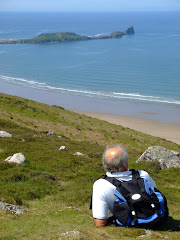


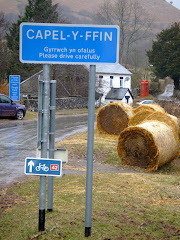



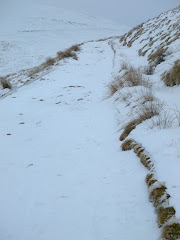


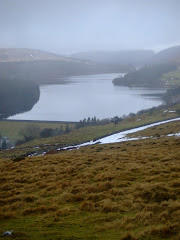














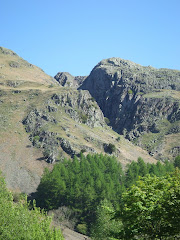

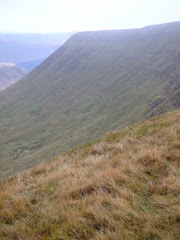

No comments:
Post a Comment